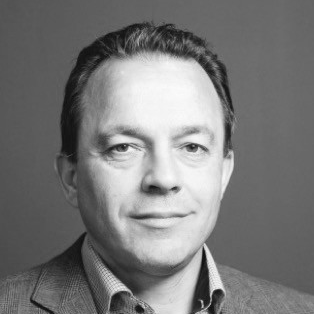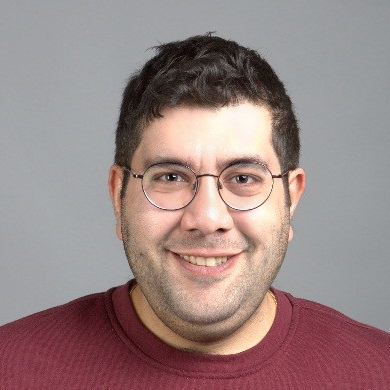Advanced Methods in Process and Systems Engineering
A special issue of Processes (ISSN 2227-9717). This special issue belongs to the section "Process Control and Monitoring".
Deadline for manuscript submissions: closed (30 September 2020) | Viewed by 57736
Special Issue Editors
2. Process Synthesis and Dynamics Group, Max-Planck Institute for Dynamics of Complex Technical Systems, 39106 Magdeburg, Germany
Interests: analysis, synthesis and control of complex systems; methods and tools for computer-aided modelling and simulation; nonlinear analysis, process design and process control
Interests: autonomous systems; predictive and optimisation based control; learning and control; network controlled systems; cyber physical systems; uncertainty; robustness; fields of applications: mechatronics, robotics, embedded systems, biotechnology, chemical processes control, systems biology, systems medicine
Interests: process system engineering; process control and optimization; downstream process development; chemical and biochemical process intensification
Special Issues, Collections and Topics in MDPI journals
Interests: sustainable energy systems; stability and sensitivity analysis; model-based design and optimisation of process systems
Special Issue Information
Dear Colleagues,
Advanced process systems are required for the sustainable production of chemicals and pharmaceuticals, the transformation and storage of renewable energies to meet the global challenges of an increasing population, the depletion of natural resources and the changing climate.
The design, analysis and control of advanced process systems requires powerfull theoretical and methodological concepts to handle complexity and to achieve overall optimal operation. These concepts need to be closely linked with well designed experiments to calibrate the underlying mathematical models and to validate the developed process concepts.
This Special Issue aims to foster the interplay between theory and application in the field of Process Systems Engineering. Main areas of interest are:
- Systems engineering: new theoretical concepts and tools for modeling, analysis, design, control and operation of complex process systems
- Advanced process systems for renewable energy conversion; biotechnological production; production & separation of active pharmaceutical ingredients
The special issue is motivated by the 1st International Young Professionals Conference on Process Engineering (YCOPE), held in Magdeburg, Germany, on March 18-20, 2019, which adressed the outlined challenges.
We look forward to receiving your contributions.
Prof. Dr. Achim KienleProf. Dr. Rolf Findeisen
Dr. Seyed Soheil Mansouri
Dr. Izzat Iqbal Cheema
Guest Editors
Manuscript Submission Information
Manuscripts should be submitted online at www.mdpi.com by registering and logging in to this website. Once you are registered, click here to go to the submission form. Manuscripts can be submitted until the deadline. All submissions that pass pre-check are peer-reviewed. Accepted papers will be published continuously in the journal (as soon as accepted) and will be listed together on the special issue website. Research articles, review articles as well as short communications are invited. For planned papers, a title and short abstract (about 100 words) can be sent to the Editorial Office for announcement on this website.
Submitted manuscripts should not have been published previously, nor be under consideration for publication elsewhere (except conference proceedings papers). All manuscripts are thoroughly refereed through a single-blind peer-review process. A guide for authors and other relevant information for submission of manuscripts is available on the Instructions for Authors page. Processes is an international peer-reviewed open access monthly journal published by MDPI.
Please visit the Instructions for Authors page before submitting a manuscript. The Article Processing Charge (APC) for publication in this open access journal is 2400 CHF (Swiss Francs). Submitted papers should be well formatted and use good English. Authors may use MDPI's English editing service prior to publication or during author revisions.
Keywords
- Process systems engineering
- microbial metabolism engineering
- complex chemical energy conversion networks
- green chemical synthesis
- decision-making under uncertainty
- dynamic modelling and process control








